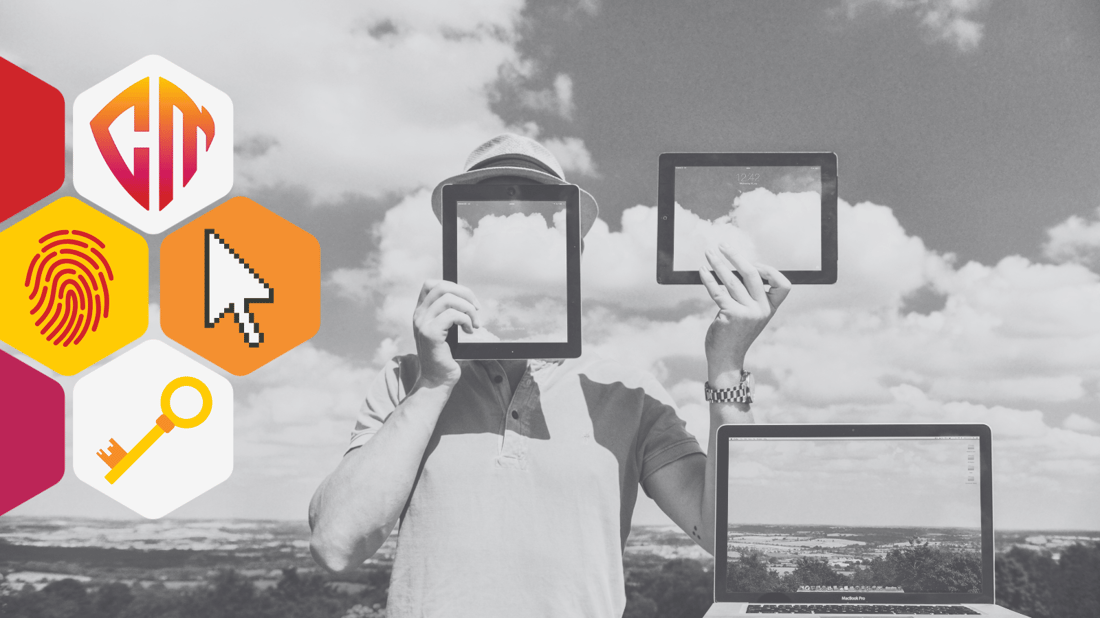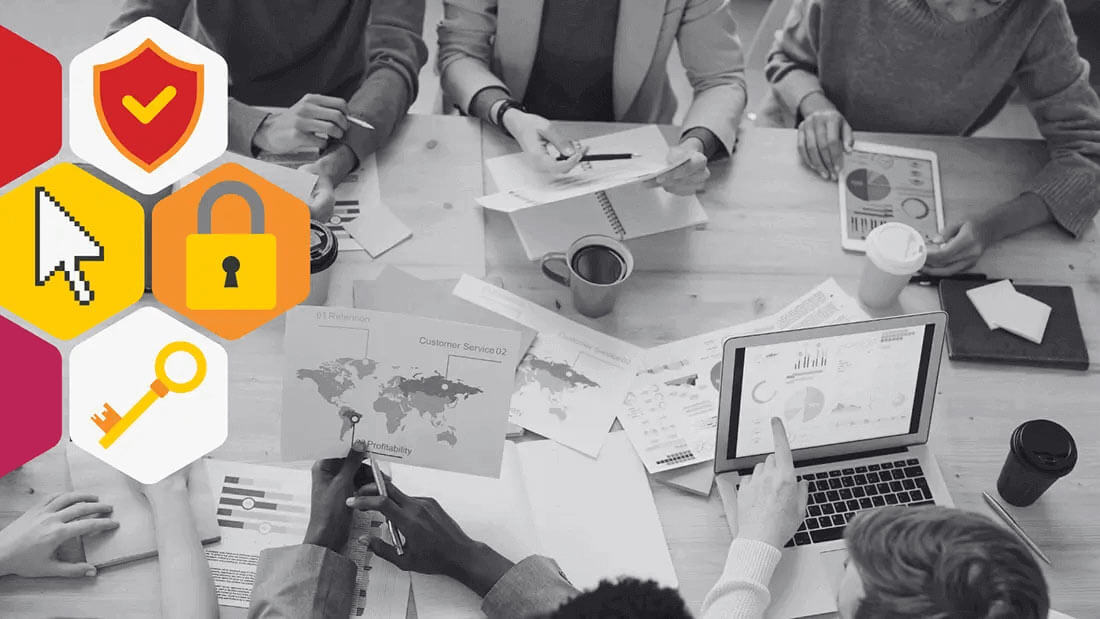The Social Contract of Security: Why Employees Ignore Policies
Understanding the Real Reasons Behind Policy Bypass
There are many things people wish to have had the foresight to do in early March 2020, and “buy Zoom stock” would certainly be among them. Indeed, the video meeting provider's stock [NASDAQ: ZM] shot up over 450% at one point.
This week Zoom announced that they are requiring people to go back into the office full time. And while remote work has certainly become a way of life, it appears that hybrid work and/or going back to the office full-time will be just as commonplace. With that in mind, we wanted to take a moment to explore the evolution of flexible work trends over the past few years and share some ideas about what could happen next within your organization.
Previously in these pages, we’ve discussed various work arrangements and cyber best practices as the unplanned (and at the time seemingly indefinite) shift to remote work was forced on IT and security leaders across the globe. This pendulum swinging back to office work has been slowly building momentum, and now seems more inevitable by the day.
As organizations push for the majority of employees to return to the office, flexible working arrangements and virtual work will absolutely remain a reality. What this means for cyberculture and awareness is an increasing, not decreasing, need to refashion engagement and delivery. Improvements in measuring, understanding, and lowering human cyber risk must be carefully considered across all of these diverging workspaces.
With Zoom going back to the office and the overall trend now fully established, we wanted to jot down some quick reminders about how to bring remote workers back into the office securely. What follows is a consolidated commentary from some of the cybersecurity leaders we've been in touch with over the past few years:
The return to office plan will present a range of challenges, but also opportunities with the onset of more flexible work and hybrid schedules. Risk is ever present anytime there is a fundamental change to “the way things are done,” and people are going to adapt, for better and for worse! Using culture-based approaches, as well as designing audiences in a more situation-based/jobs-to-be-done method, can make the design and delivery of security reminders, messages, and content more impactful and long-lasting. It’s our view that working diligently to help employees proactively prepare for change, as well as utilizing positive psycho-cultural approaches can have the greatest impact on improving overall cybersecurity posture.

Understanding the Real Reasons Behind Policy Bypass
4 min read

The digital battlefield is relentless—and personal. That reality now sits squarely on the shoulders of security leaders. The threats no longer stop...
9 min read
-1.png?width=1100&height=619&name=_Your%20Digital%20Footprint%20(2)-1.png)
“The only rules that really matter are these: what a man can do and what a man can’t do. Savvy?” - Captain Jack Sparrow
4 min read
Subscribe to our newsletters for the latest news and insights.
Stay updated with best practices to enhance your workforce.
Get the latest on strategic risk for Executives and Managers.
